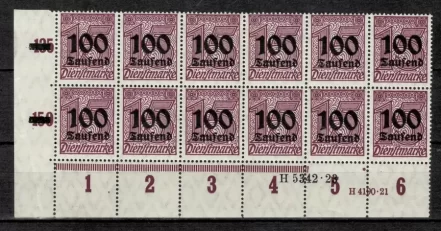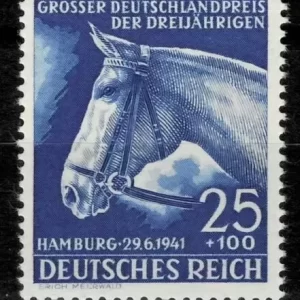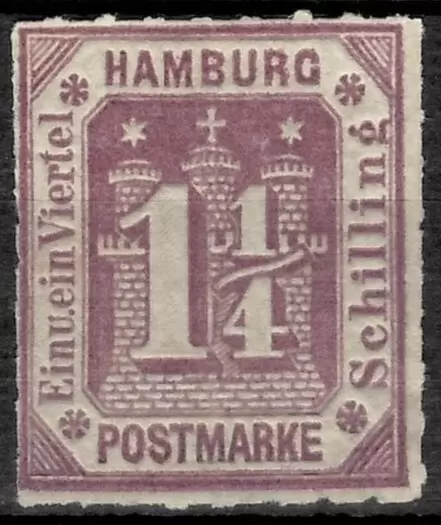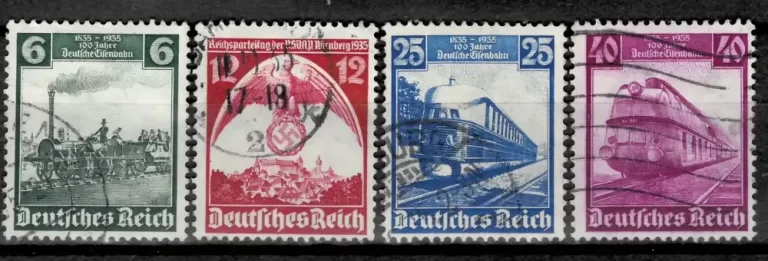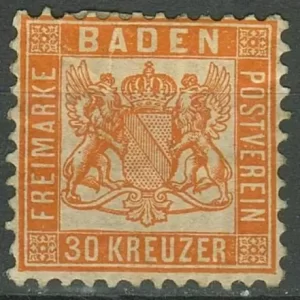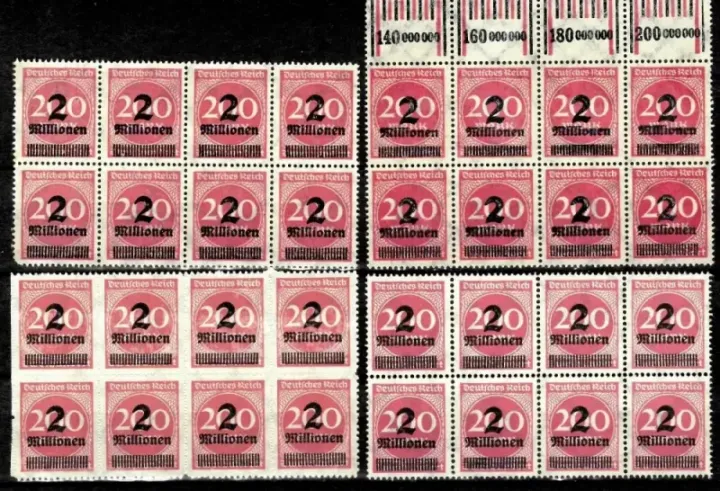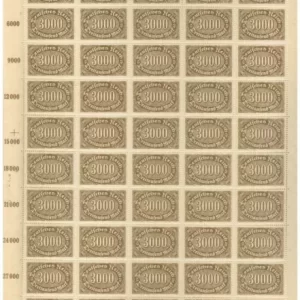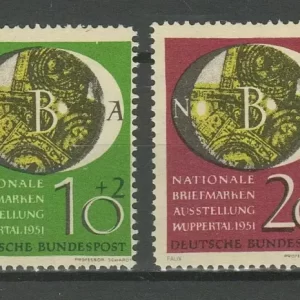Germany Weimar Republic Stamps year 1923 dienstmarke 100t/15
That is a fascinating stamp from the Weimar Republic hyperinflation period in Germany!
The stamp you are referring to is a Dienstmarke (Official Stamp) from 1923 with an overprint.
Here is a breakdown of the stamp’s details:
- Country: Germany (Weimar Republic)
- Year of Issue: 1923
- Type: Dienstmarke (Official Stamp). These were stamps used for government mail.
- Original Denomination: 15 Mark (the value of the underlying stamp).
- Overprinted Denomination: 100 Tausend Mark (100,000 Mark). The “T” in your notation stands for Tausend (Thousand).
💡 Context of the Stamp
This stamp is a classic example of how severe hyperinflation was in Germany during 1923. The original 15 Mark stamp quickly became obsolete as prices rose rapidly. To keep up with postage costs without printing entirely new stamps, the government resorted to applying large overprints, drastically increasing the face value from 15 Marks to 100,000 Marks.
🔍 Michel Catalog Number
In German philately, this stamp is typically identified using the Michel catalog number. The specific stamp you are describing:
- Michel (MiNr.) Official Stamp Catalog Number: 92 (Dienstmarke 92)
This stamp is part of a series of official stamps overprinted during the hyperinflation period of August-October 1923.

